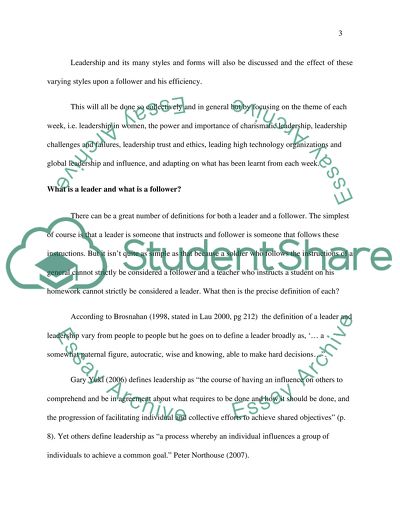Cite this document
(“Group leadership project reflection Essay Example | Topics and Well Written Essays - 2500 words”, n.d.)
Retrieved from https://studentshare.org/environmental-studies/1412317-group-leadership-project-reflection
Retrieved from https://studentshare.org/environmental-studies/1412317-group-leadership-project-reflection
(Group Leadership Project Reflection Essay Example | Topics and Well Written Essays - 2500 Words)
https://studentshare.org/environmental-studies/1412317-group-leadership-project-reflection.
https://studentshare.org/environmental-studies/1412317-group-leadership-project-reflection.
“Group Leadership Project Reflection Essay Example | Topics and Well Written Essays - 2500 Words”, n.d. https://studentshare.org/environmental-studies/1412317-group-leadership-project-reflection.


